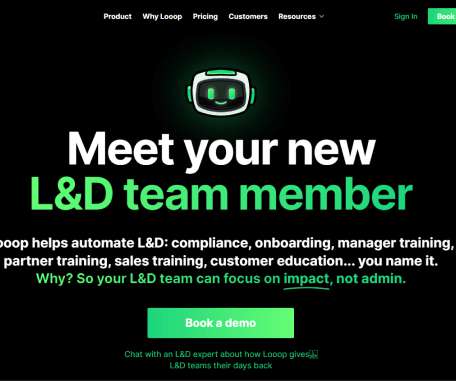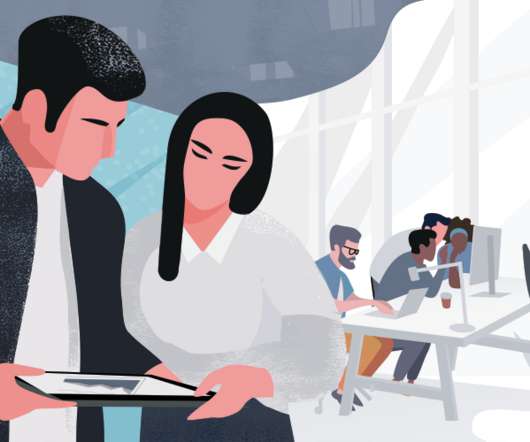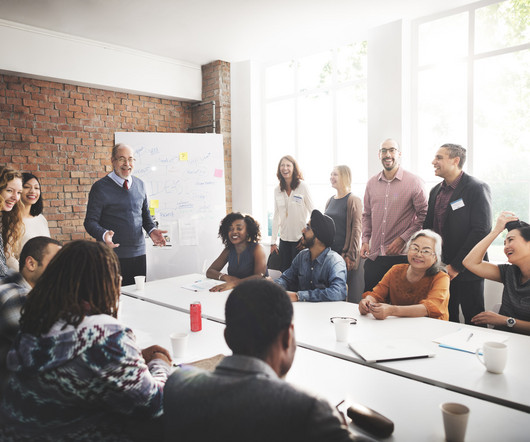Get Actionable Learning + Performance Data into Managers’ Hands with Axonify Team Metrics + Compare
Axonify
MAY 12, 2017
Are we making effective use of the right data to inform our strategies and support the organization’s goals? To evolve our measurement practices, L&D must get critical learning and performance data into the hands of the people who can take action—business leaders and frontline management—as quickly as possible.









































Let's personalize your content